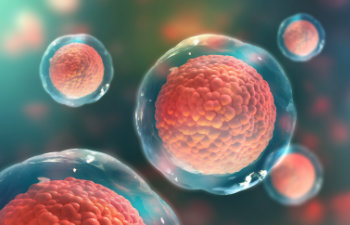PRP (platelet-rich plasma) therapy and stem cell therapy are popular treatments gaining traction in medicine. Both are known to promote healing and reduce inflammation. They are two different types of therapy; however, many people confuse them and often think they are the same.
What is PRP Therapy?
PRP Therapy is a medical treatment involving injecting concentrated platelets from the patient’s blood into a specific body area. Platelets contain growth factors that help to stimulate tissue regeneration and promote healing.
PRP therapy involves drawing blood from the patient and processing it in a centrifuge to isolate the platelet-rich plasma. The PRP is then injected into the area of the body that requires treatment.
PRP Therapy is commonly used to treat conditions such as osteoarthritis, tendonitis and ligament injuries. The treatment has gained popularity in recent years due to its effectiveness and low risk of side effects. However, PRP Therapy is not suitable for everyone, and it is essential to consult an experienced regenerative medical professional like Dr. Steve Struhl before treatment.
What is Stem Cell Therapy?
Stem cell therapy is a medical treatment that involves injecting stem cells into the body to promote healing and tissue regeneration. Stem cells are unique cells that can develop into different cell types in the body. Stem cells are obtained from various sources, including adipose tissue (fat), bone marrow and umbilical cord blood.
Stem cell therapy is a versatile treatment that can treat various conditions, including heart disease, diabetes and neurological disorders. The therapy involves extracting stem cells from the patient or a donor and injecting them into the body area requiring treatment.
Differences between PRP and Stem Cell Therapy
PRP and stem cell therapy are entirely distinct treatments that work differently. PRP therapy involves injecting concentrated platelets from the patient’s blood, while stem cell therapy involves injecting stem cells into the body. In addition, PRP Therapy is a more established treatment and has been used for several years, while stem cell therapy is a fairly new treatment.
Another critical difference between PRP and stem cell therapy is the conditions they are used to treat. For example, PRP Therapy is commonly used to treat musculoskeletal conditions such as osteoarthritis and tendonitis. In contrast, stem cell therapy can treat various conditions, including heart disease and neurological disorders.
Can PRP or Stem Cell Therapy Help Improve Your Condition?
Dr. Struhl can determine if PRP, stem cell therapy or a combination of the two would be most suitable to improve your condition. Contact him at his office in New York to arrange a consultation.
